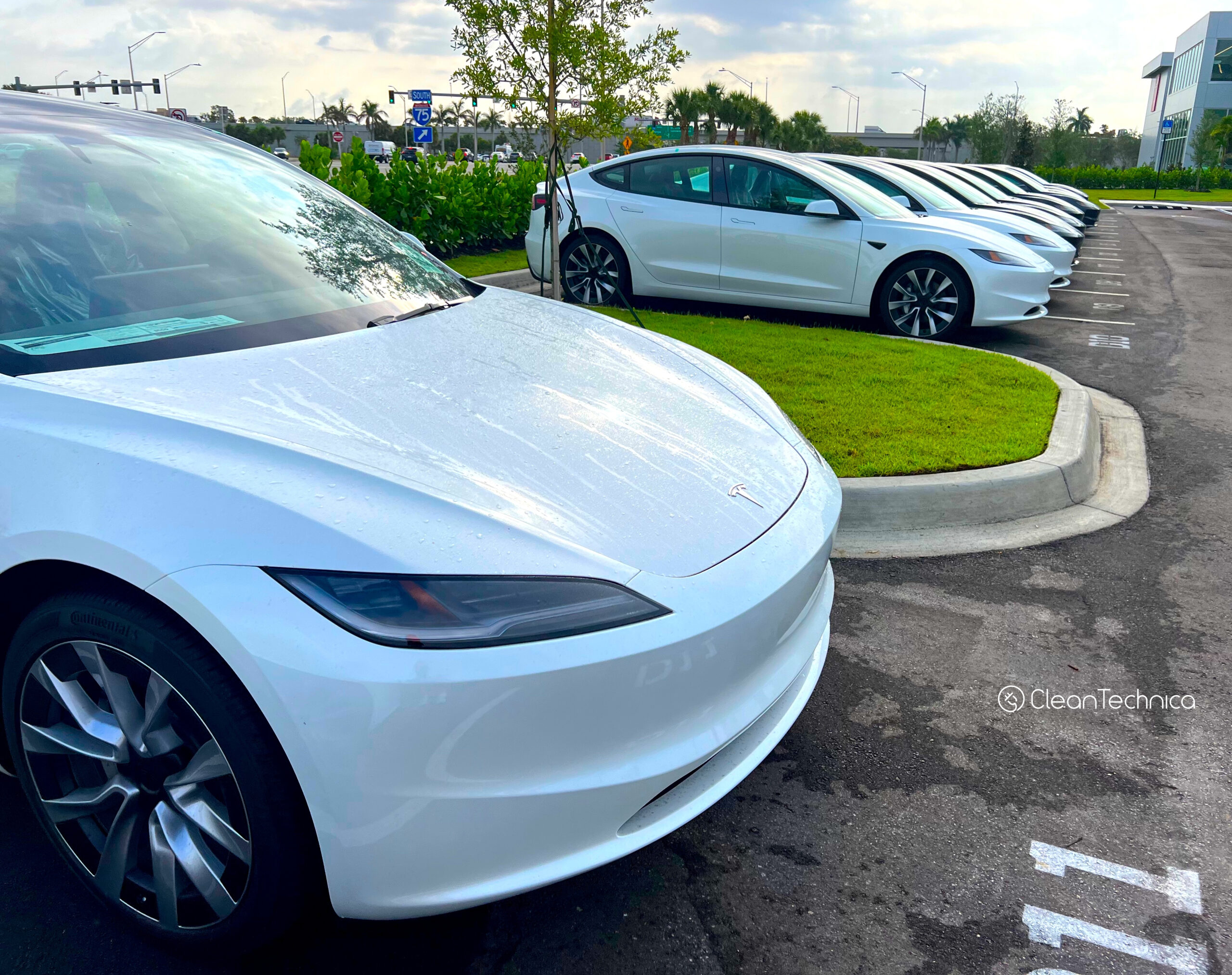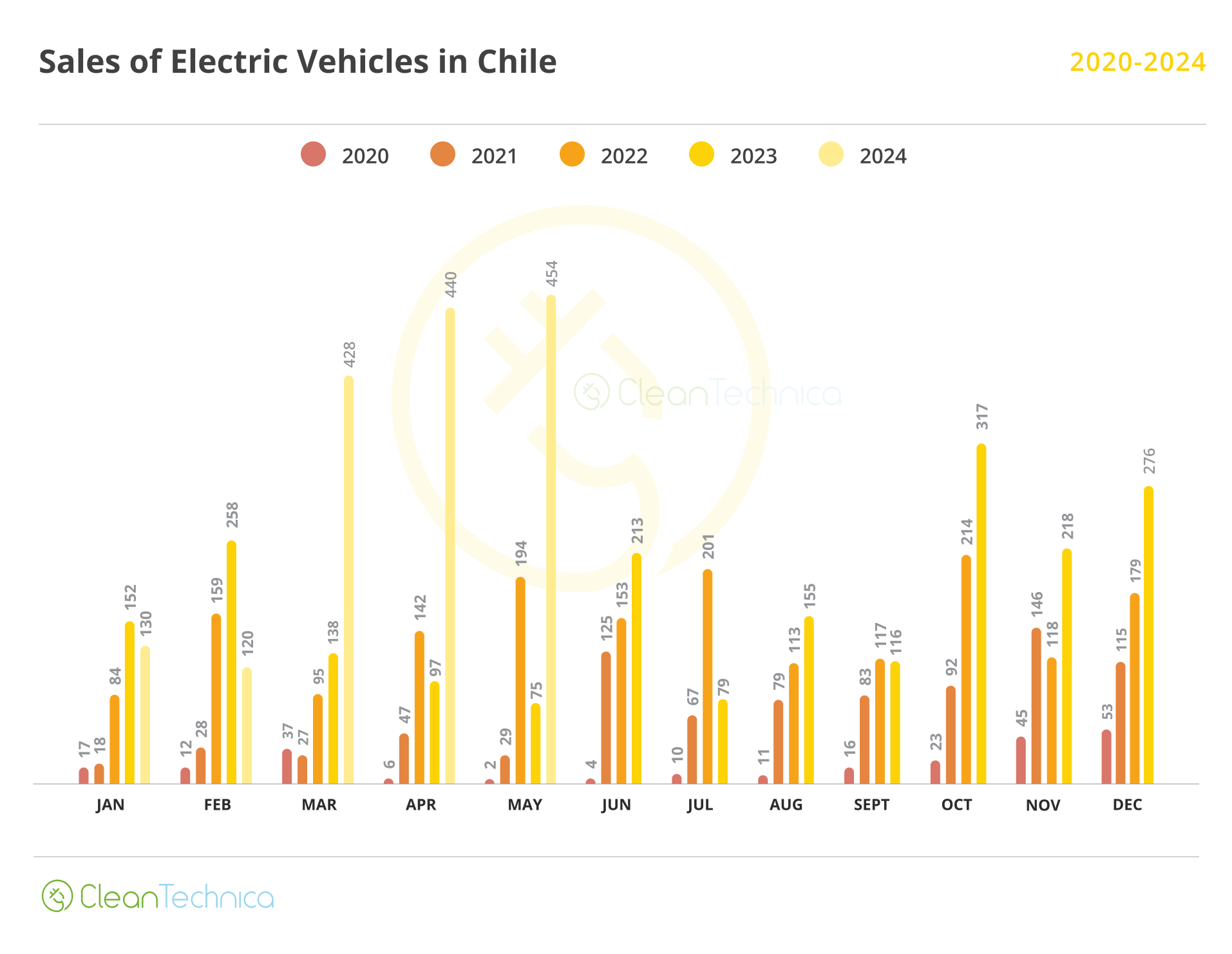As the Federal Motor Carrier Safety Administration (FMCSA) explores a potential speed limiter mandate for medium and heavy-duty commercial trucks, another government agency is joining the call for similar speed-governing technology on new cars. Is that something we should get behind?
Safety First, Fuel Economy Second?

The most recent National Transportation Safety Board (NTSB) call for speed-limiting software in new cars comes as a response to an investigation into a multi-vehicle crash in Las Vegas in 2022 which was blamed on excessive speed that resulted in nine fatalities. The NTSB study recommend a requirement for “intelligent speed assistance technology” in new cars.
“We found that the Dodge driver’s use of cocaine and phencyclidine impaired his decision-making such that he accelerated to excessive speed and failed to obey traffic controls, resulting in the multivehicle crash,” reads the official report. “In addition, the Dodge driver’s history as a repeat speeding offender and specific actions on the day of the crash demonstrated a repeated disregard for safety and thus he was more likely to cause a fatal crash … we also found that an intelligent speed assistance (ISA) system that electronically limits the speed of the vehicle may have mitigated the severity of the North Las Vegas crash. Improving public acceptance of ISA systems and wider voluntary deployment, such as by automakers, will facilitate the advancement of a new motor vehicle safety standard on ISA. We found that repeat speeding is a nationwide problem but evidence-based countermeasures targeting repeat speeding offenders are lacking.”
Intelligent speed assistance technologies, or ISAs, like the ones being proposed would use a car’s GPS location and compare it with a database of posted speed limits. These geofences, coupled with data from onboard cameras to calculate the impacts of changing conditions and circumstances (example: heavy snow, reduced visibility, the presence of construction workers) could be used to ensure speed limit compliance. These ISAs could be passive (a system that alerts the driver when safe speeds are being exceeded) or active (software that physically reduces vehicle speed to the posted limit).
But, as we talk about safety here, it’s impossible to overstate the impact that driving at reduced speeds would have on both fuel economy and carbon emissions. Heck, even Fox News gets the concept!
“According to the (Fox News) calculator, drivers will spend $16.80 per 100 miles driven at 70 mph, $15.63 at 65 mph and $14.61 at 60 mph,” writes Fox’s Gary Gastelu. “That means that over the 6,750 miles of highway driving the agency uses to calculate annual fuel costs, the average driver would spend $1,055 at 70 mph for the year and save $78.98 by sticking to 65 mph and $147.83 at 60 mph. Opt for the high performance F-150 Raptor and its 16 mpg rating, however, and slowing from 70 to 60 will save $195.”
The Fox piece goes into more detail on other models as well, and is generally good reading. Check that out on your time, then let us know what you think of the idea of a software-enforced speed limit in the comments section at the bottom of the page.
Source: NTSB via CCJ Digital.




